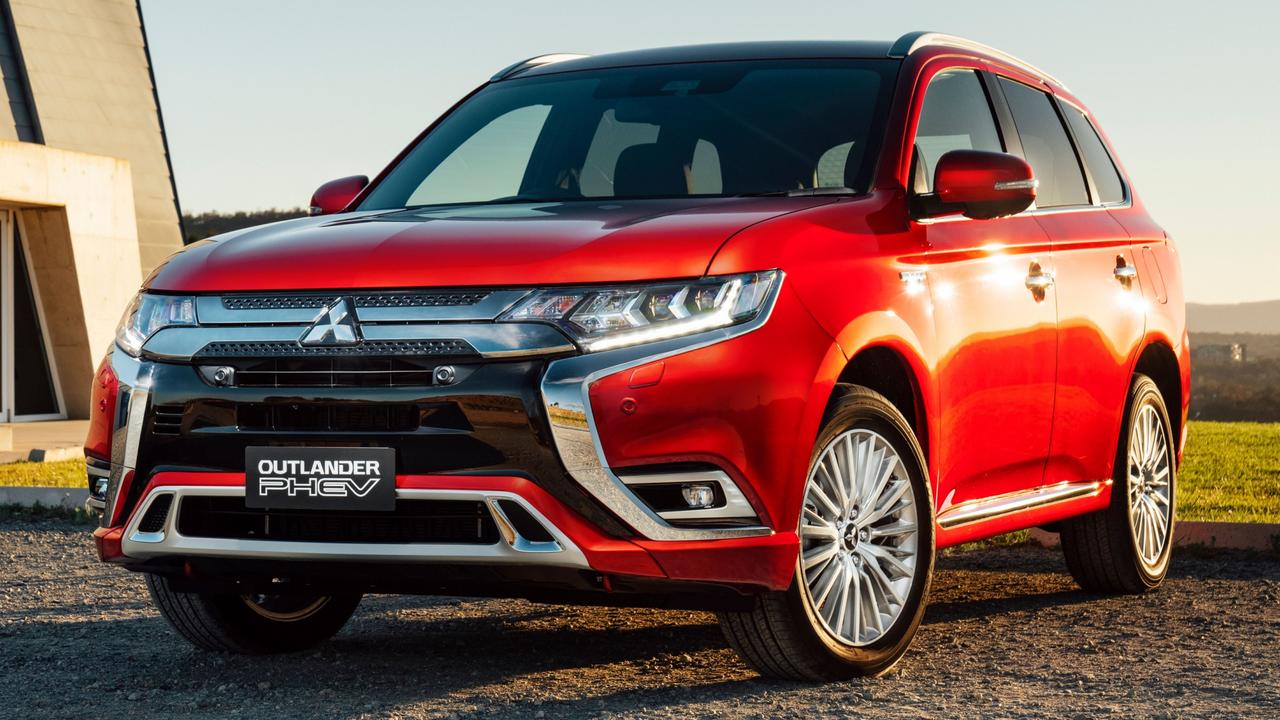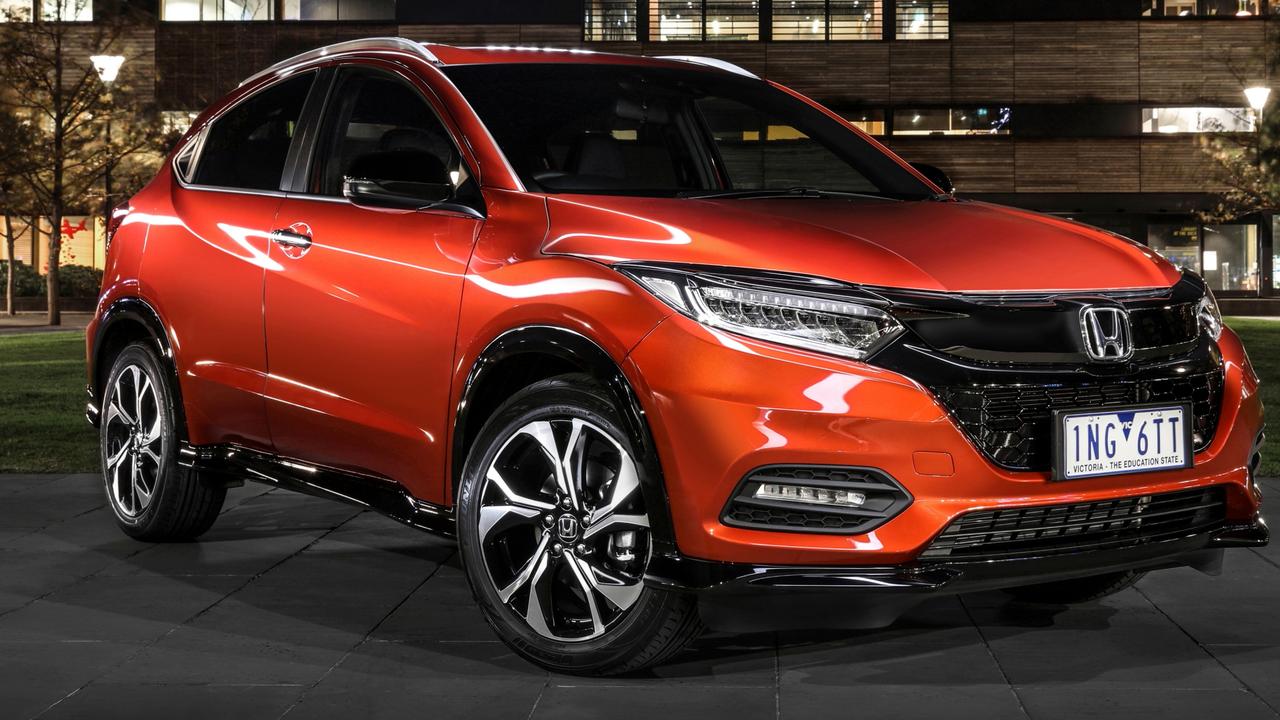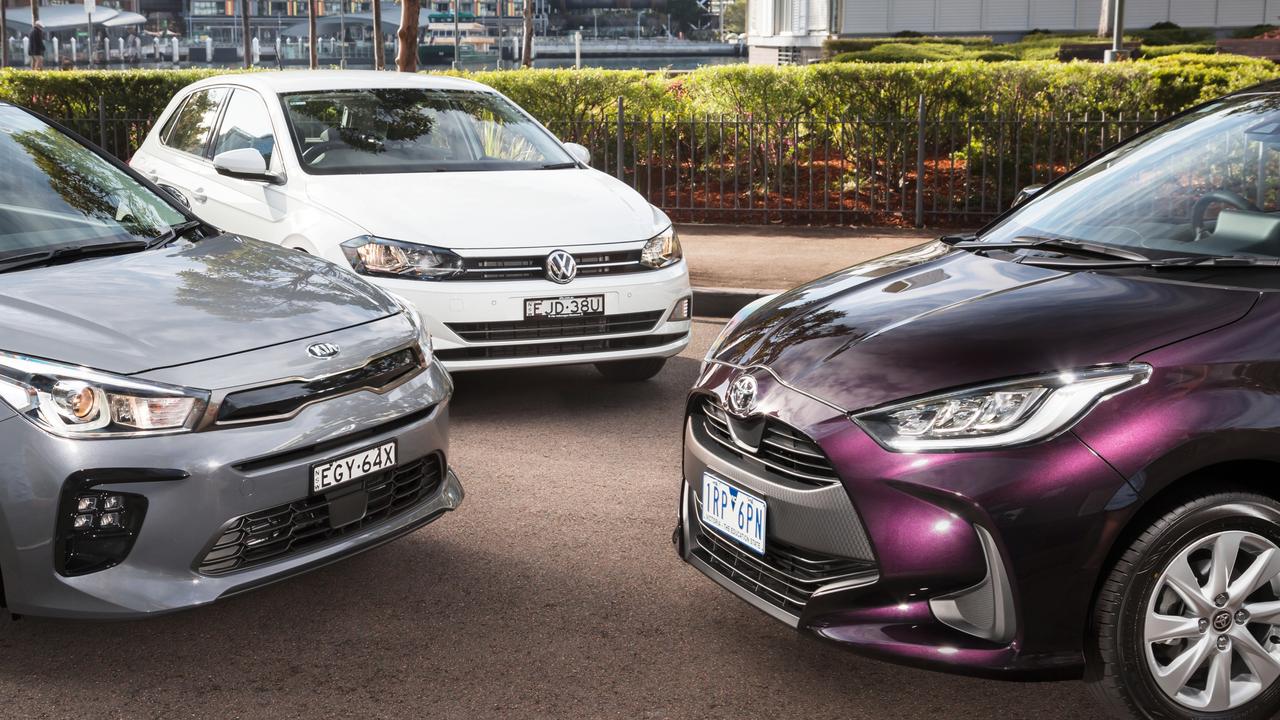The unlikely petrol-electric car pioneer
This Japanese brand was one of the first mainstream car makers to bring a plug-in hybrid to Australia which can be driven around town with electric only power for up to 50km.

The Mitsubishi Oultander PHEV (plug-in hybrid electric vehicle) was one of the earliest examples of mainstream brands adopting charge at home hybrid technology. The PHEV has outstanding fuel economy with most city trips never using the petrol engine, but should you buy one? Here are five things you need to know about the Mitsubishi Outlander PHEV.
1. It’s a plug-in pioneer
The Outlander PHEV was launched in 2013 as the world’s first plug-in hybrid SUV. It accounts for more than 20 per cent of electric and plug-in sales in Australia, largely because it is a practical five-seat soft-roader that’s easy to operate. Charging the battery takes about eight hours with a regular household plug and when the power is depleted the Mitsubishi slips seamlessly to a 2.4-litre petrol engine with 94kW/199Nm. The engine can then either recharge the battery or propel the vehicle, as determined by the driver.

2. You pay to be empowered
Packaging a 13.8kWh battery pack, a pair of electric motors and the hardware that hooks it all up isn’t a cheap exercise. The PHEV is $13,000 dearer than the comparable petrol versions, meaning a starting price of $47,390 plus on-road costs for the entry ES variant, climbing to $56,390 for the top-spec Exceed.

3. Keep it running
The Green Vehicle Guide quotes annual fuel costs of $676 for the PHEV against $1703 to run the petrol version. Fuel use is officially rated at 1.9L/100km and 7.2 L/100km respectively. On the average daily commute, you probably won’t activate the engine at all, given the potential for up to 50km of emission-free driving (assuming your electricity comes from renewable power). The steering wheel-mounted paddle-shifters can be used to control the level of brake energy recuperation and in urban environments help extend the Mitsubishi’s battery range.

4. Smart tech, staid design
The interior of the Outlander isn’t as futuristic as its propulsion. This is a conservative design that harks back to the original vehicle, even after a series of facelifts. The latest one brought an eight-inch touchscreen with smartphone mirroring and upgraded infotainment software but the graphics are still a long way off being best in class. The build quality is high and there’s plenty of space, front or rear. The boot will take up to 463L, so it hasn’t been too badly compromised by the electric hardware, though there’s no spare wheel,
5. Safe as houses
The Outlander PHEV scored five safety stars when tested in 2014. The 2020 model year vehicles get autonomous emergency braking with pedestrian detection. Spend $1000 on a pack and the ES version gets lane departure warning and active cruise control. The Exceed gets blind-spot monitoring, active lane change assist and rear cross-traffic alert. Seven airbags protect you if things go pear-shaped.
Originally published as The unlikely petrol-electric car pioneer


